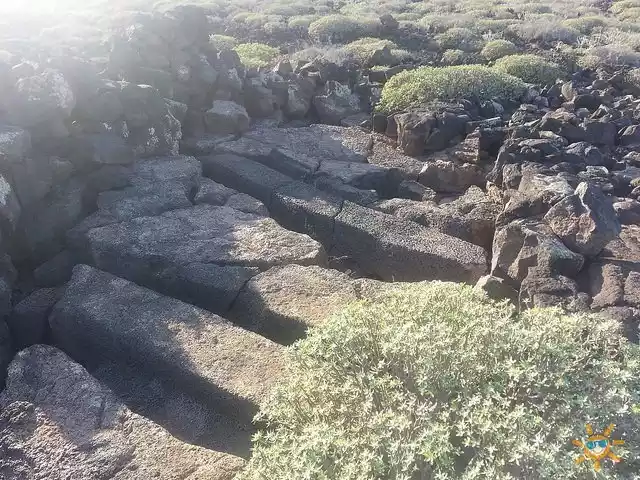
La Quesera de Bravo is located in the heart of Malpaís de La Corona, near the Jameos del Agua, not far from a series of deep houses. It was tracked down by M.L. Socas and T. Bravo, and it is also known by the latter's surname, after the Canarian geologist who made the discovery.
It covers a large part of the northeastern end of the island and is product of the eruptive activity of the volcano of t...
An underground oasis of abundant and varied vegetation, incorporates an auditorium built in a volcanic cave and an inter...
The majos (aboriginals) created these constructions on a flat surface by carving elongated channels into the basalt rock, which are more or less parallel and several meters long. Some of these channels have small internal divisions.
The name "quesera" refers to their resemblance to a gigantic mold used for making cheese, although they were never used for such tasks. The exact purpose of these structures remains an enigma. Some experts propose that they might have been used as shelters for livestock, grain storage, or even as water reservoirs. Others suggest that they may have had religious significance, serving as places of worship or tombs.
Despite the ongoing debate about their precise function, these aboriginal cheese makers are considered an important testimony to the culture and history of Lanzarote.
Information is available about two other cheesemakers. One of them is La Quesera de Zonzamas, which can be found at the following link:
It is close to the town of Zonzamas, between the Zonzamas and Maneje mountains, with views of Arrecife
The other was discovered during the excavation of the foundations of a house in San Bartolomé, but it was destroyed.